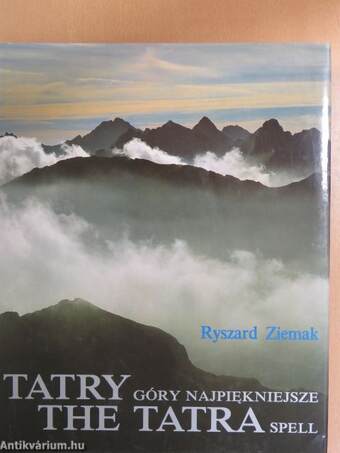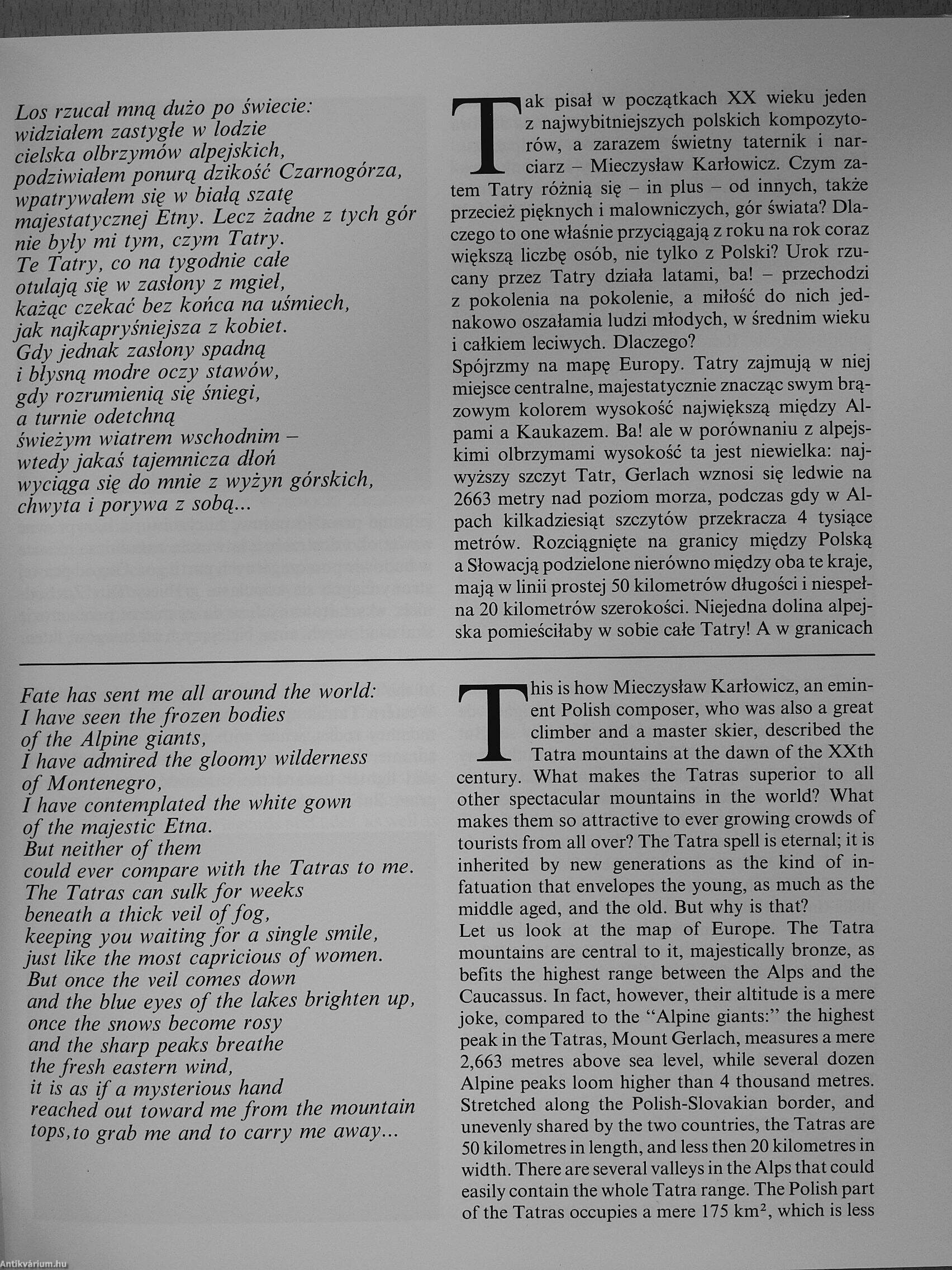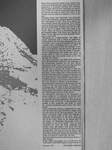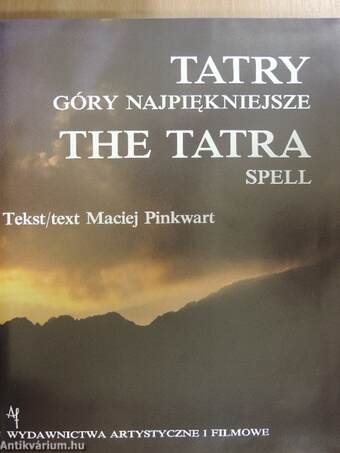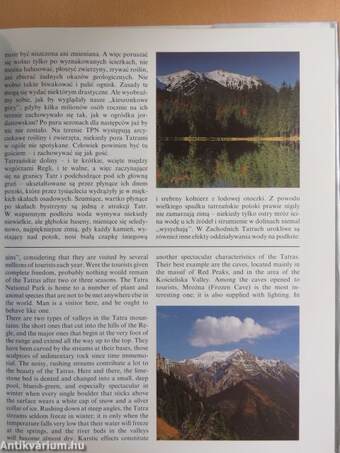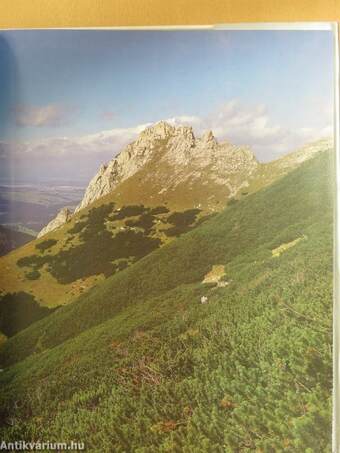1.063.472
kiadvánnyal nyújtjuk Magyarország legnagyobb antikvár könyv-kínálatát

VISSZA
A TETEJÉRE
JAVASLATOKÉszre-
vételek
Tatry góry najpiekniejsze/The Tatra Spell
| Kiadó: | Wydawnictwa Artystyczne i Filmowe |
|---|---|
| Kiadás helye: | Cracow-Warsaw |
| Kiadás éve: | |
| Kötés típusa: | Vászon |
| Oldalszám: | 172 oldal |
| Sorozatcím: | |
| Kötetszám: | |
| Nyelv: | Lengyel Angol |
| Méret: | 31 cm x 25 cm |
| ISBN: | 83-221-0649-1 |
| Megjegyzés: | Színes fotókkal illusztrálva. |
naponta értesítjük a beérkező friss
kiadványokról
naponta értesítjük a beérkező friss
kiadványokról
Előszó
TovábbFülszöveg
When I first opened the shutter or my camera in the Tatras several decades ago, I had already had some experience in mountain climbing and rambling. Photography allowed me to experience the mountains in a new way, and my mountaineering skills led me beyond set trails to where new vistas of the familiar and the unknown opened in front of my eyes.
Climbing brings man spiritually and physically close to the mountains, and photography broadens this relationship in time. Both have shaped my own attitude toward the mountains. Each climber carries at the bottom of his heart a vision of a range which he particularly cherishes and calls his own: for me, as for so many others, this range is the Tatras. Here, my life as a mountaineer and my photography began. The Tatras have become my home. To me, they are the most beautiful mountains in the world.
"Mountains as a subject-matter - an object of artistic experience and a source of inspiration, a phenomenon that has been interpreted over and... Tovább
Fülszöveg
When I first opened the shutter or my camera in the Tatras several decades ago, I had already had some experience in mountain climbing and rambling. Photography allowed me to experience the mountains in a new way, and my mountaineering skills led me beyond set trails to where new vistas of the familiar and the unknown opened in front of my eyes.
Climbing brings man spiritually and physically close to the mountains, and photography broadens this relationship in time. Both have shaped my own attitude toward the mountains. Each climber carries at the bottom of his heart a vision of a range which he particularly cherishes and calls his own: for me, as for so many others, this range is the Tatras. Here, my life as a mountaineer and my photography began. The Tatras have become my home. To me, they are the most beautiful mountains in the world.
"Mountains as a subject-matter - an object of artistic experience and a source of inspiration, a phenomenon that has been interpreted over and over again, and a concept brimming with meaning -present a most challenging task to an author. It takes a lot of stamina to face the challenge. It also takes a lot of humility. One has to know a great deal about mountains to avoid the danger of pseudo--artistic megalomania that makes one resort to formal tricks in order to conceal the conceit of modern-day man who naively trusts in his own triumph over nature."
The above quotation was taken from professor Jacek Kolbuszewski's preface to the catalogue of the promotional exibition for my first album, Impressions of the Tatras, but it provides a perfect description of all mountain photographers. My aim was to present the Tatras in their untouched, natural shape that has been retained here and there. I must admit that I often doubted the honesty of this goal while crossing various points in the range that have been damaged to the point of ecological disaster. Nevertheless, I believe that it is an individual person's and artist's own choice what he or she chooses to observe in the landscape. Drawing people's attention to the damages and the threats to the local environment is necessary as a warning sign, but while so many photographers follow this choice, I prefer to show the things in the environment which deserve special care and attention. Such things still exist in the Tatras. An individual's experience of the mountains is always subjective: it constitutes an intrinsic part of our memories and emotions. Each of us experiences the mountains differently, and surrenders to them a part of his life. A photographer and climber is also inquisitive and eager to share his personal fascinations and visions with other people.
I have consciously chosen a compromise to combine the instructive and informative aspects with my own vision of the Tatra mountains. The final result is this book which, rather than aspiring to being an official guide to the area, offers an individual interpretation of the Tatra landscape and of the vision which we all cherish deep in our hearts. As Wladysiaw Krygowski wrote in the preface to one of his books, "they say that mountains are never the same, changing with seasons, days and nights, with good and bad weathers, and with the moods of one who rambles through them. This may be true, but there is also definitely a certain constancy to the mountains. We climb them along paths winding between these two truths, in search of a third one: our own. And lucky indeed are those who discover all three." Dear Reader,
If this album encourages you to re-discover the Tatra trails, it will fulfil the goal I set out to achieve.
Zakopane, 1991.
RYSZARD ZIEMAK Vissza
Témakörök
- Idegennyelv > Idegennyelvű könyvek > Többnyelvű könyvek
- Sport > Téli és vízi sportok > Sí és alpinizmus
- Sport > Egyéb sportágak > Természetjárás
- Sport > Egyéb sportágak > Hegymászás
- Természettudomány > Földrajz > Kontinensek földrajza > Topográfia szerint > Európa
- Természettudomány > Földrajz > Kontinensek földrajza > Topográfia szerint > Hegyek
- Természettudomány > Földrajz > Idegen nyelv > Egyéb
- Művészetek > Fotóművészet > Albumok > Tematikus
- Művészetek > Fotóművészet > Idegen nyelv > Többnyelvű
- Művészetek > Fotóművészet > Témái > Természet



